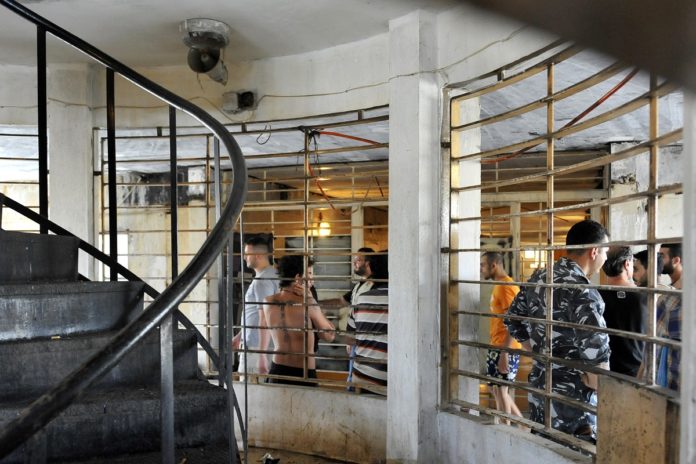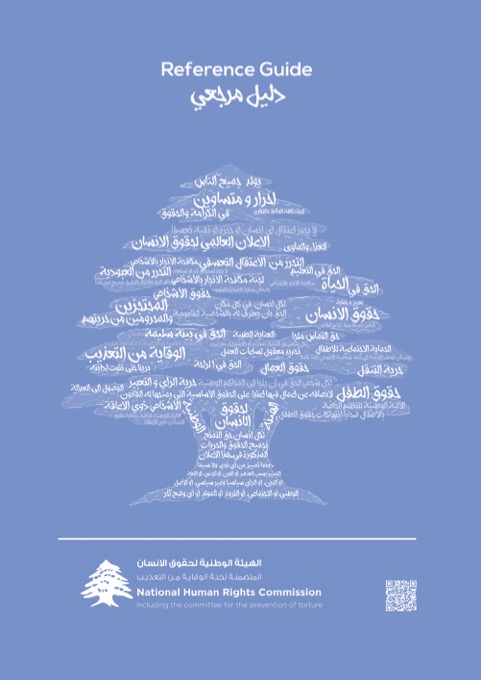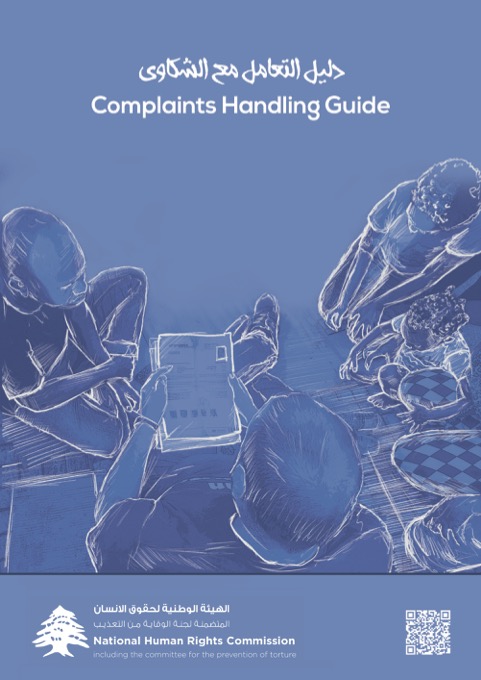هذه المقالة متاحة أيضًا بـ: العربية (Arabic)
Clarifying the Scope of Places of Deprivation of Liberty Under the OPCAT
Article 4(1) of the Optional Protocol reinforces the fundamental purpose of the Protocol by defining the places that the Subcommittee on Prevention of Torture (SPT) and National Preventive Mechanisms (NPMs) are mandated to visit. It specifies that these include “any place under a State party’s jurisdiction or control where persons are or may be deprived of their liberty, either by virtue of an order given by a public authority or at its instigation or with its consent or acquiescence.” This broad definition encompasses not only officially designated detention or custodial facilities but also any place where a public authority instigates, consents to, or acquiesces in the deprivation of liberty.
Further, Article 4(2) of the Optional Protocol defines “deprivation of liberty” as “any form of detention or imprisonment or the placement of a person in a public or private custodial setting which that person is not permitted to leave at will by order of any judicial, administrative, or other authority.” This definition explicitly acknowledges that deprivation of liberty may occur in both public and private settings.
However, in practice, some NPMs have encountered difficulties or restrictions in accessing certain places of deprivation of liberty. These challenges often stem from national legislation that narrowly defines such places or limits the NPM’s mandate to specific types of facilities. Additionally, some NPMs have faced obstacles due to misinterpretations or limited understandings by State authorities or other stakeholders regarding the scope of the term “place of deprivation of liberty.”
To address these challenges and clarify the definition of places of deprivation of liberty, the SPT published its first General Comment No. 1 (2024) on Article 4 of the Optional Protocol (Places of Deprivation of Liberty) (CAT/OP/GC/1). This General Comment responds to emerging trends that pose serious obstacles to the torture prevention framework of the Optional Protocol to the Convention Against Torture (OPCAT) and provides guidance for State Parties, NPMs, and other stakeholders on the interpretation and application of Article 4.


